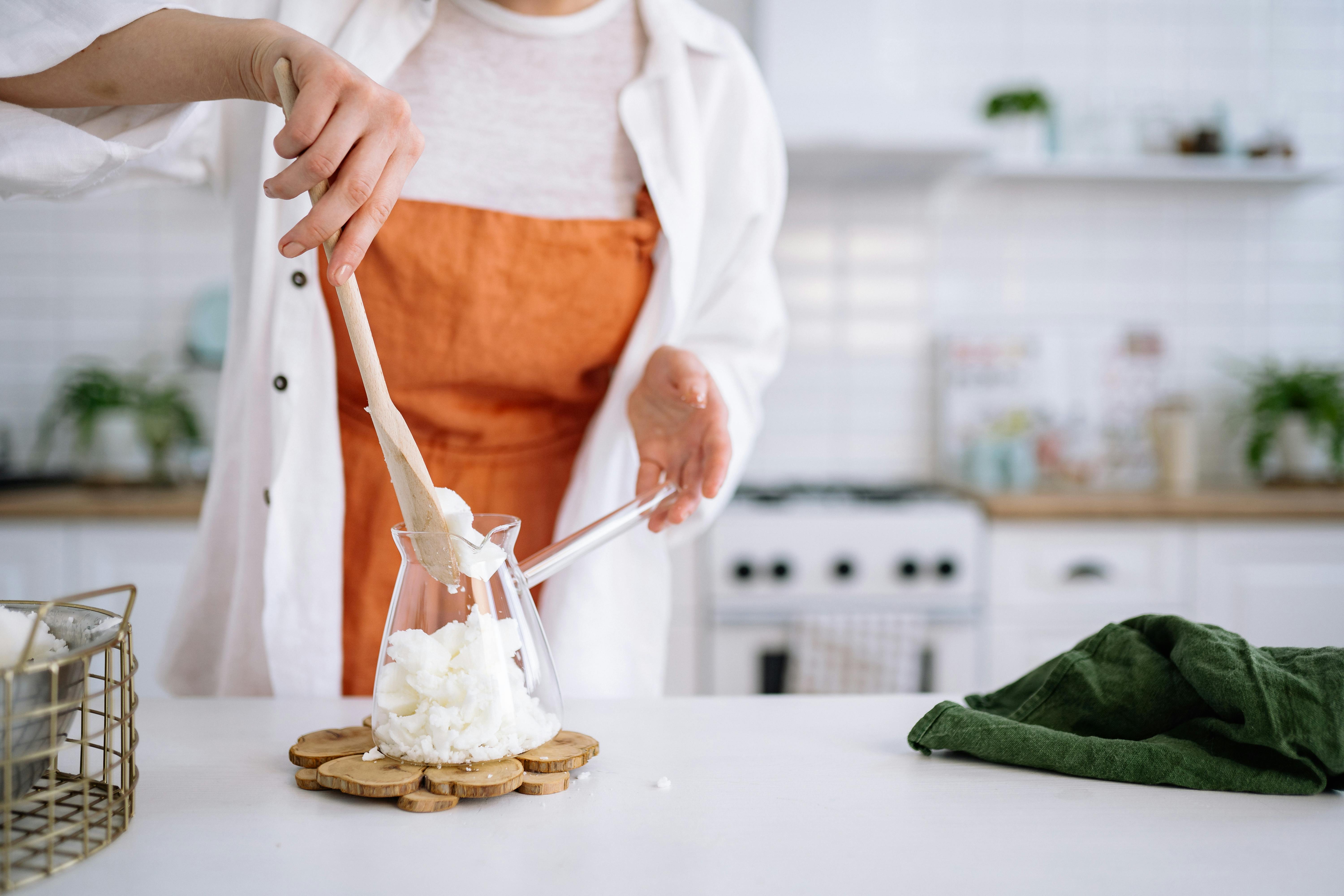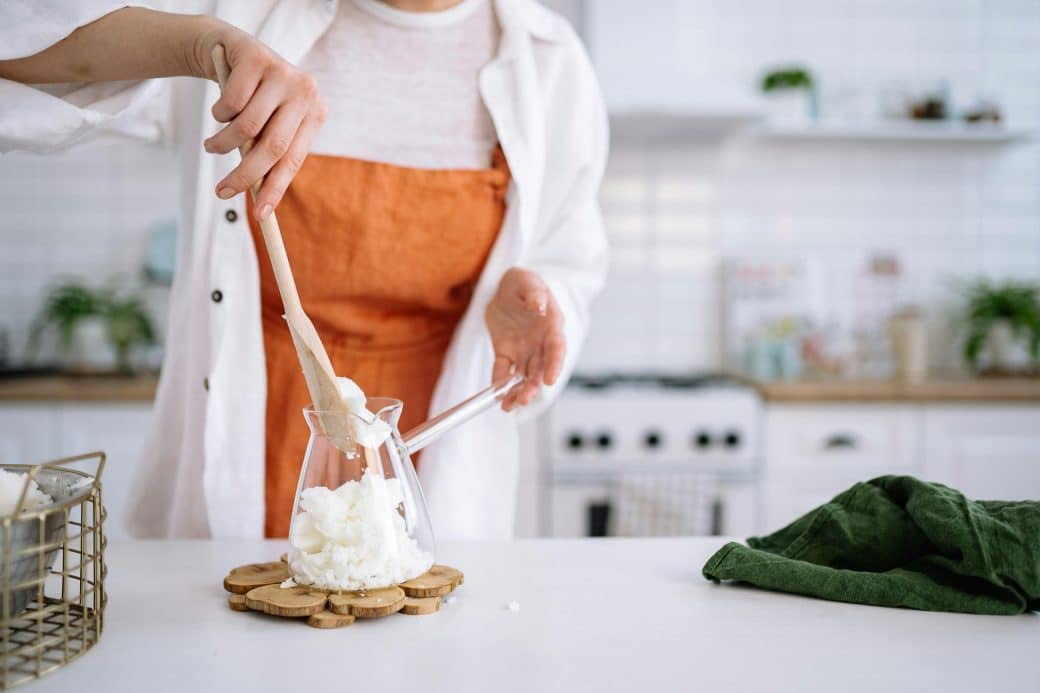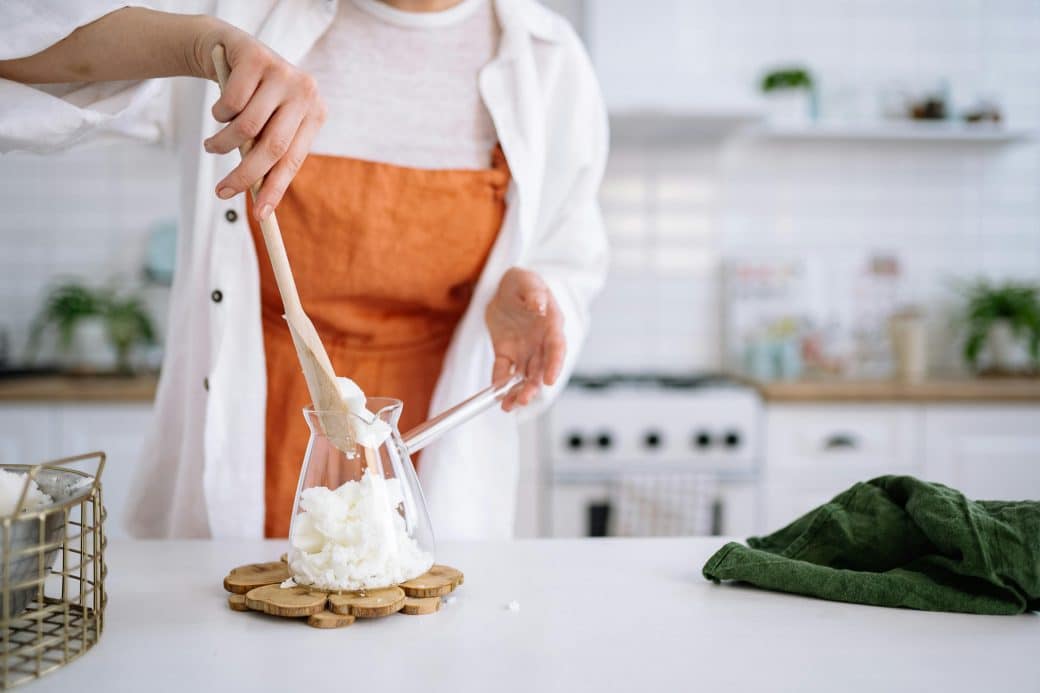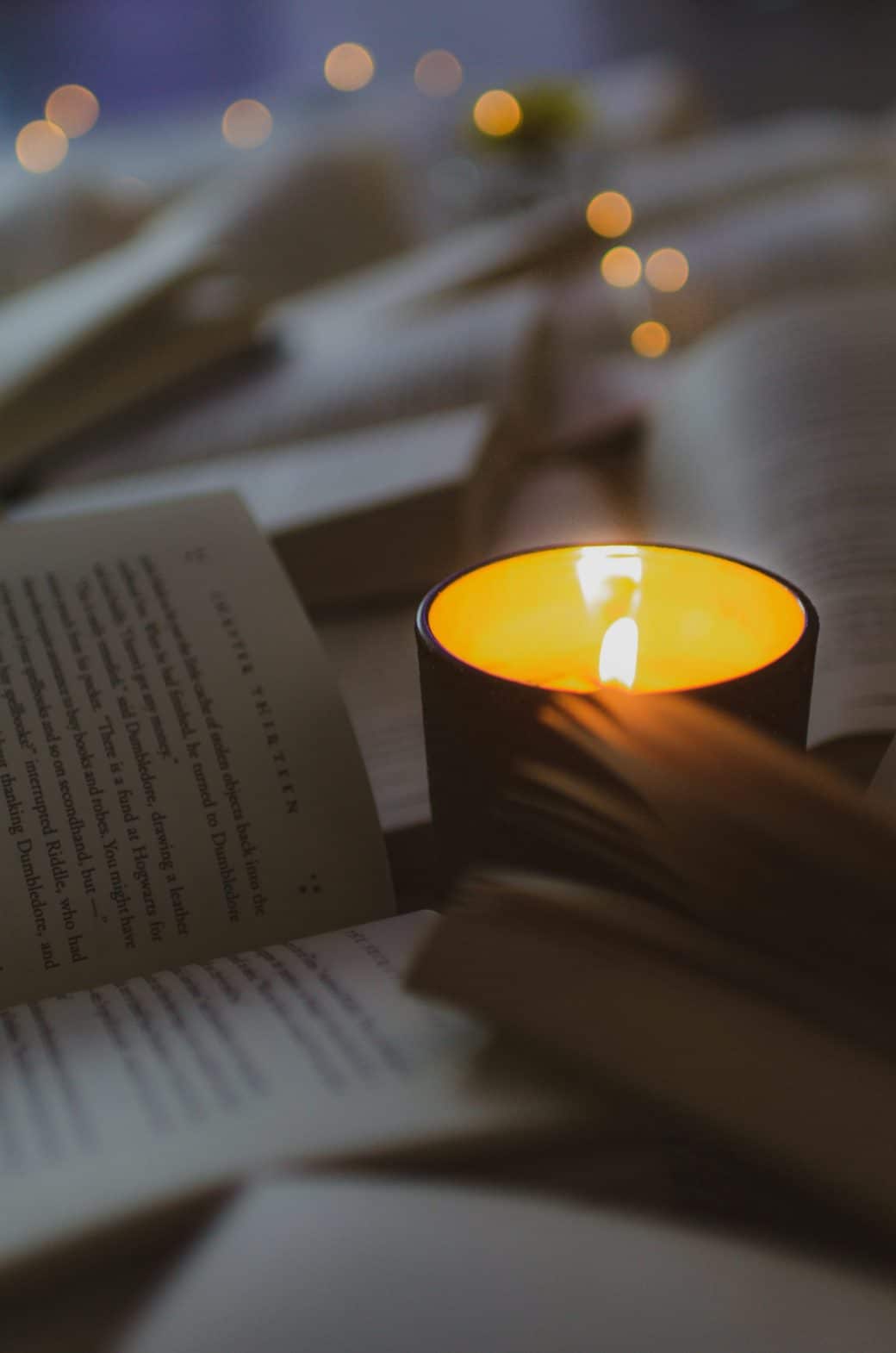So, you’ve decided to venture into the world of candle making, huh? Well, you’re in for a real treat! In this guide, I’m going to walk you through the ins and outs of creating your very own candles from scratch. Whether you’re looking to spruce up your home with some cozy ambiance or hunting for a unique DIY gift idea, I’ve got you covered. This step-by-step tutorial is tailored just for beginners, making it super easy to follow along. Trust me, by the end of this, you’ll be whipping up candles like a pro, ready to add that personal touch to any room or occasion.

Understanding Candle Making Basics
Candle making is a craft that dates back centuries, blending art and science in equal measure. It’s a hobby that has blossomed into a popular DIY activity and for some, a profitable business venture. Let’s dive into the fundamentals, covering everything from candle types to wax varieties.
Different Types of Candles
When I first started making candles, I was amazed at the sheer variety available. There are votives, small and often used in groups for a warm, ambient glow. Tapers are elegant, long candles that stand independently or in candlesticks. Pillar candles are thick, standalone varieties that can be molded into various shapes and sizes. Container candles are made within jars or pots, offering a vast canvas for creativity with scents and colors. Lastly, specialty candles can range from floating candles to highly scented or therapeutic candles infused with essential oils.
Candle Making Safety Precautions
One of the first things I learned was that safety comes first. Working with hot wax and fire entails risks, so wearing protective gear like gloves and aprons is a must. Work in a well-ventilated area to avoid inhaling fumes, especially when adding fragrances. Always keep a fire extinguisher handy, never leave melting wax unattended, and ensure your work surface is heat-resistant to prevent accidents.
Basic Candle Making Supplies
The beauty of candle making is that you can start with a few basic supplies. You’ll need wax, a heat source to melt it, wicks, molds or containers, a thermometer, and a double boiler (or a makeshift one using a pot and a pouring pitcher). Dyes, fragrances, or essential oils and embellishments like glitter or dried flowers are optional but offer a great way to personalize your candles.
Role of Candle Wicks in Candle Making
Wicks are the heart of any candle. Their size and material directly affect how the candle burns. The general rule that I follow is: the thicker the candle, the thicker the wick needs to be. Cotton wicks are common, but there are also wood wicks that crackle as they burn, adding a cozy ambiance. Pre-waxed wicks are convenient, as they stand up easier when pouring the wax.
Understanding Candle Wax and its Varieties
Choosing the right wax is pivotal. Paraffin wax is traditional and widely used due to its excellent scent throw. Soy wax is a popular, eco-friendly option, known for its clean burn. Beeswax, with its natural honey scent, burns longer and cleaner but is pricier. Gel wax allows for creativity with transparent and sculptural candles, albeit with a trickier handling process.
Choosing the Right Materials
Choosing the Right Wax for Your Candle
Selecting wax depends on the type of candle you’re aiming to create and your personal preferences. For votives or container candles, I prefer soy wax for its environmental benefits and clean burn. For decorative candles where shape and texture are key, paraffin or palm wax might be the better choice due to their versatility in molding.
Choosing the Right Wick for Your Candle
The wick should correspond to the wax type and candle size. A thick wick can cause the candle to burn too fast, while a thin wick might drown in melted wax. I’ve found that a bit of experimentation is necessary to find the perfect balance. Soy wax, for example, often requires a thicker wick compared to paraffin.
Selection of Suitable Candle Dyes
The dye you choose can be in liquid, powder, or chip form. Liquid dyes mix well and offer vibrant colors but can be messy. Powder and chip dyes are easier to store and handle. Remember, a little goes a long way, and the final color is usually lighter once the wax sets. It’s important to use dyes made specifically for candles to avoid any safety issues.
Choosing Fragrance or Essential Oils for Candle Making
Whether you opt for fragrance oils or essential oils depends on your preferences and the desired outcome. Fragrance oils provide a wide range of scents and strong throw, while essential oils offer natural, therapeutic qualities but might be subtler. Always mix in your scents at the right temperature—too hot, and the fragrance may evaporate; too cool, and it might not bind well with the wax.
Candle Molds: Choosing and Using
Molds come in various shapes and materials, from simple round molds for pillars to intricate silicone molds for artistic candles. When using molds, applying a mold release agent or some cooking spray can facilitate the removal of the candle. For beginners, using containers like mason jars can be more forgiving and equally creative.

Step-by-step Guide to Candle Making
Setting Up Your Workspace
A clean, clutter-free workspace is essential. I cover my surface with newspaper or a disposable tablecloth to make cleanup easier. Organize your materials so everything is within reach, minimizing the risk of accidents.
Melting the Wax Carefully
Using a double boiler, slowly melt the wax to the manufacturer’s recommended temperature—usually around 185°F (85°C). Stir gently to avoid bubbles. A thermometer is crucial to monitor the temperature closely.
Adding Dyes and Fragrances
Once the wax is melted, you can add your chosen dyes and fragrances. Add dyes slowly, stirring until you reach the desired color. For fragrances, the general guideline is 1 oz of oil per 1 lb of wax, but you can adjust based on preference.
Properly Positioning the Wick
Securing the wick in the center of the mold or container is key for an even burn. You can use a wick holder, a pencil, or chopsticks to keep it in place. For containers, wick stickers or a dab of hot wax can hold the wick’s base.
Pouring Wax into the Mold
Pour the melted wax into the mold or container slowly to avoid air bubbles. Fill it to your desired level, leaving room for the wax to contract as it cools.
Cooling and Setting Times
Let your candle cool at room temperature, away from drafts. The cooling time can vary depending on the wax type and candle size but typically ranges from several hours to overnight.
Extracting the Candle from the Mold
Once fully set, it’s time to remove your candle from the mold. If it’s stubborn, placing the mold in the freezer for a few minutes can help it release more easily. Trim the wick to about ¼ inch, and your candle is ready to light!
Advanced Candle Making Techniques
Layered Candles: A Step-by-step Guide
Creating layered candles involves pouring layers of differently colored wax, letting each layer cool and set before adding the next. This technique can produce stunning visual effects, especially in transparent containers. Patience is key to achieving clean, distinct layers.
Creating Scented Candles
To create scented candles that fill a room, you’ll need to choose high-quality fragrance oils with a strong scent throw. Mixing different fragrances can result in unique scents, but it’s important to test for compatibility and strength. Adding the fragrance at the right temperature is crucial for optimal scent distribution.
Making Multicolored Candles
Multicolored candles can be made by adding different dyes to separate portions of melted wax and carefully pouring them into the mold. Techniques like swirling can add an artistic touch, but they require a bit of practice to perfect.
Producing Dipped Candles
Dipped candles, traditionally made by repeatedly dipping wicks into melted wax, build up layers to the desired thickness. This method can also be used to add color layers to pre-made candles, creating interesting bicolor or multicolor effects.
Making Beeswax Sheet Candles
Beeswax sheets are a simple and natural option for candle making. Roll a sheet tightly around a wick, pressing gently to adhere the layers. These candles burn with a pleasant, subtle honey scent and don’t require melting wax, making them an accessible option for beginners.

Addressing Common Candle Making Problems
Dealing with Candle Sinkholes
Sinkholes can form at the top of candles as they cool. To fix this, I usually reserve a small amount of wax to re-pour on the surface once the candle has partially cooled. This second pour fills in the gaps and creates a smooth finish.



